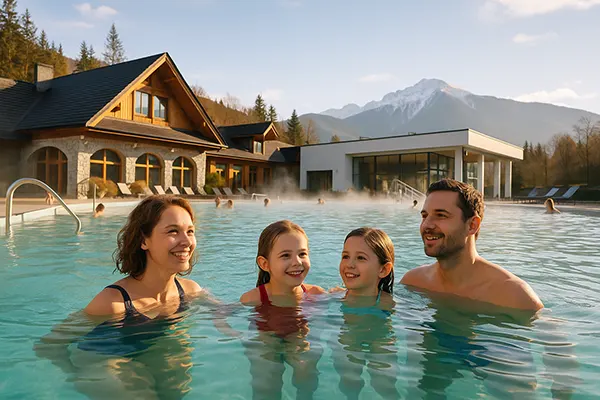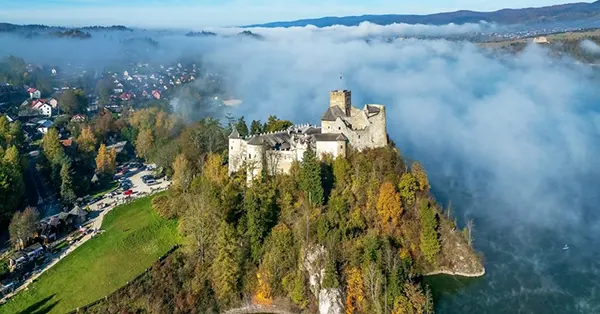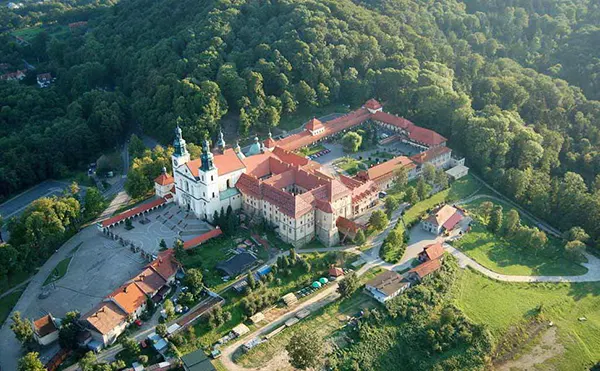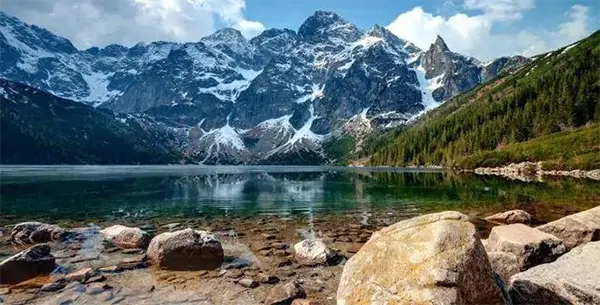
Dolina Baryczy: A Haven for Nature-Based Ecotourism in Lower Silesia
The Dolina Baryczy (Barycz Valley) is one of the most remarkable protected nature areas in Poland, offering a tranquil refuge for nature lovers and ecotourism enthusiasts. Located in Lower Silesia, this vast landscape features Europe’s largest complex of fish ponds, interwoven with extensive forests, wetlands, and meadows. As of June 2025, it remains largely untouched by mass tourism, making it an authentic destination for responsible travellers seeking immersion in birdwatching, cycling, hiking, and sustainable accommodation experiences.
Nature Trails and Eco-Friendly Activities
With over 5,000 hectares of ponds and nearly 300 species of birds, Dolina Baryczy is a paradise for ornithologists and hikers alike. The landscape includes marked walking and cycling trails such as the “Dolina Baryczy Greenway,” offering scenic routes through old oaks, riversides, and moorlands. Visitors can explore routes like the Trzebicko–Milicz–Sułów trail or the Żmigród–Radziądz path, designed for both casual and advanced adventurers.
These routes are not only rich in biodiversity but are also well-integrated with bird observation towers and educational points, encouraging a sustainable understanding of the local environment. As of this year, new QR-coded signage has been implemented, offering tourists access to up-to-date maps and interactive ecological data directly on mobile devices.
Spring and early summer remain the best seasons for visiting, with rare species like the black stork, osprey, and the Eurasian bittern actively nesting in visible habitats. The local authorities and conservation groups collaborate to ensure minimum human disruption while providing ample access for nature education.
Fish Farming Traditions and Sustainable Gastronomy
Dolina Baryczy’s legacy includes centuries-old fish farming traditions, particularly around the Milicz Ponds, which date back to the 13th century. These ponds remain active and are crucial to the region’s ecological and economic balance. Sustainable fish farming practices here are among the oldest in Central Europe, with carp being the most prominent species harvested.
Local restaurants and agritourism farms now offer carp dishes prepared using traditional recipes, a core part of the Barycz Valley Culinary Route launched in 2023. This initiative highlights local producers who comply with eco-certification and low-impact methods, making food tasting here both a cultural and ethical experience.
For visitors, guided tours to carp breeding facilities are available during harvest months (October–November), offering firsthand insights into the region’s aquaculture heritage. These educational experiences are increasingly popular among families and eco-conscious travellers.
Eco-Guesthouses and Responsible Accommodation
Unlike many overcrowded nature destinations, Dolina Baryczy offers discreet and eco-friendly accommodation, reflecting the region’s commitment to environmental integrity. Most guesthouses are certified under Poland’s national “Green Certificate” scheme and include options such as restored farmhouses and wooden cottages built from locally sourced materials.
Among the most recognised stays are Eko-Miłek near Sułów and Chata nad Stawem in Ruda Sułowska, both renowned for their energy-efficient systems, local food use, and educational programmes. These accommodations provide tranquil settings where guests can connect with nature without compromising on comfort or sustainability.
In 2024, the regional tourism board launched a joint initiative with Booking.com Poland to promote verified eco-stays, increasing visibility while maintaining high standards of authenticity and environmental compliance. Such cooperation helps preserve the area’s slow-tourism character and promotes regional development in harmony with nature.
Local Wildlife and Birdwatching Opportunities
The Barycz Valley is internationally recognised as an Important Bird Area (IBA), home to over 270 recorded bird species, with 170 nesting locally. This includes endangered or rare species such as the red kite, ferruginous duck, and the great reed warbler. This ornithological richness attracts researchers and amateurs from across Europe.
Birdwatching stations are maintained throughout the region, particularly in the Milicz and Żmigród areas, with minimal human intrusion zones designated for photography and observation. The region actively promotes citizen science, encouraging visitors to report bird sightings through the eBird app or local monitoring networks.
In June 2025, a new mobile observatory was introduced in the Żmigród wetland area, allowing real-time bird tracking with the help of acoustic sensors and thermal cameras. These technologies improve species monitoring without disrupting delicate ecosystems, reinforcing the valley’s reputation as a model for responsible wildlife tourism.
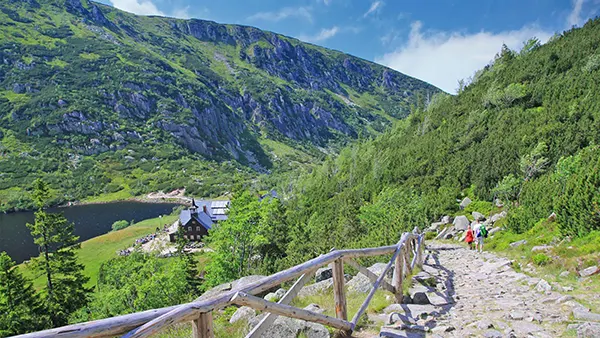
Cultural Heritage and Rural Integration
Dolina Baryczy is not only a natural sanctuary but also a landscape steeped in rural tradition and historical continuity. Villages like Milicz and Twardogóra preserve timbered churches, wooden mills, and roadside shrines that tell the story of Silesian craftsmanship and life in symbiosis with nature.
Many local events integrate ecology with cultural identity, such as the Barycz Carp Festival, the Nature and Art Symposium in Wierzchowice, and open-air craft fairs. These provide immersive opportunities to experience folk music, artisanal bread baking, and educational games for children — all grounded in sustainable values.
As of mid-2025, a new local museum project in Sułów is being funded to document the cultural evolution of the valley’s inhabitants, showcasing tools, artefacts, and photographs that bridge the relationship between people and the ecosystem over the centuries. This ensures that Dolina Baryczy’s story remains accessible to future generations.
Tourism Management and Visitor Guidelines
To protect this unique landscape, Dolina Baryczy operates under strict tourism management frameworks guided by Natura 2000 principles. The local authority has implemented visitor caps in certain sensitive areas and encourages off-season visits to reduce ecological strain.
Tourist information centres in Milicz and Żmigród distribute printed and digital brochures with wildlife etiquette, trail guidance, and sustainable travel suggestions. Language support in English, German, and Czech has also expanded, making the valley more accessible to international visitors without undermining its quiet character.
To ensure sustainable development, a community-based feedback mechanism was launched in early 2025. It gathers input from residents, scientists, and visitors to continuously improve management policies. As a result, Dolina Baryczy stands out as a living example of successful ecotourism where preservation, education, and enjoyment harmoniously coexist.

